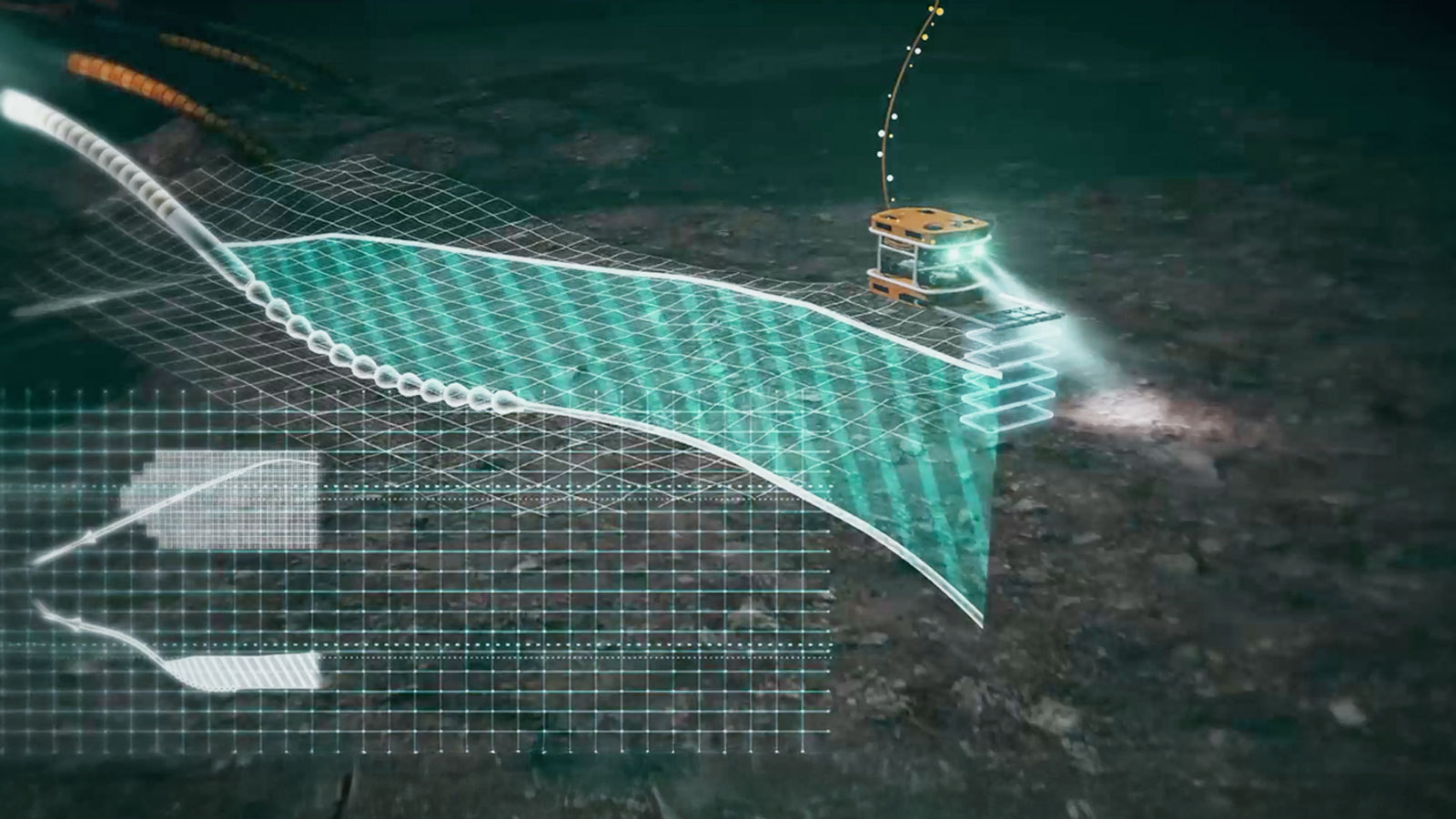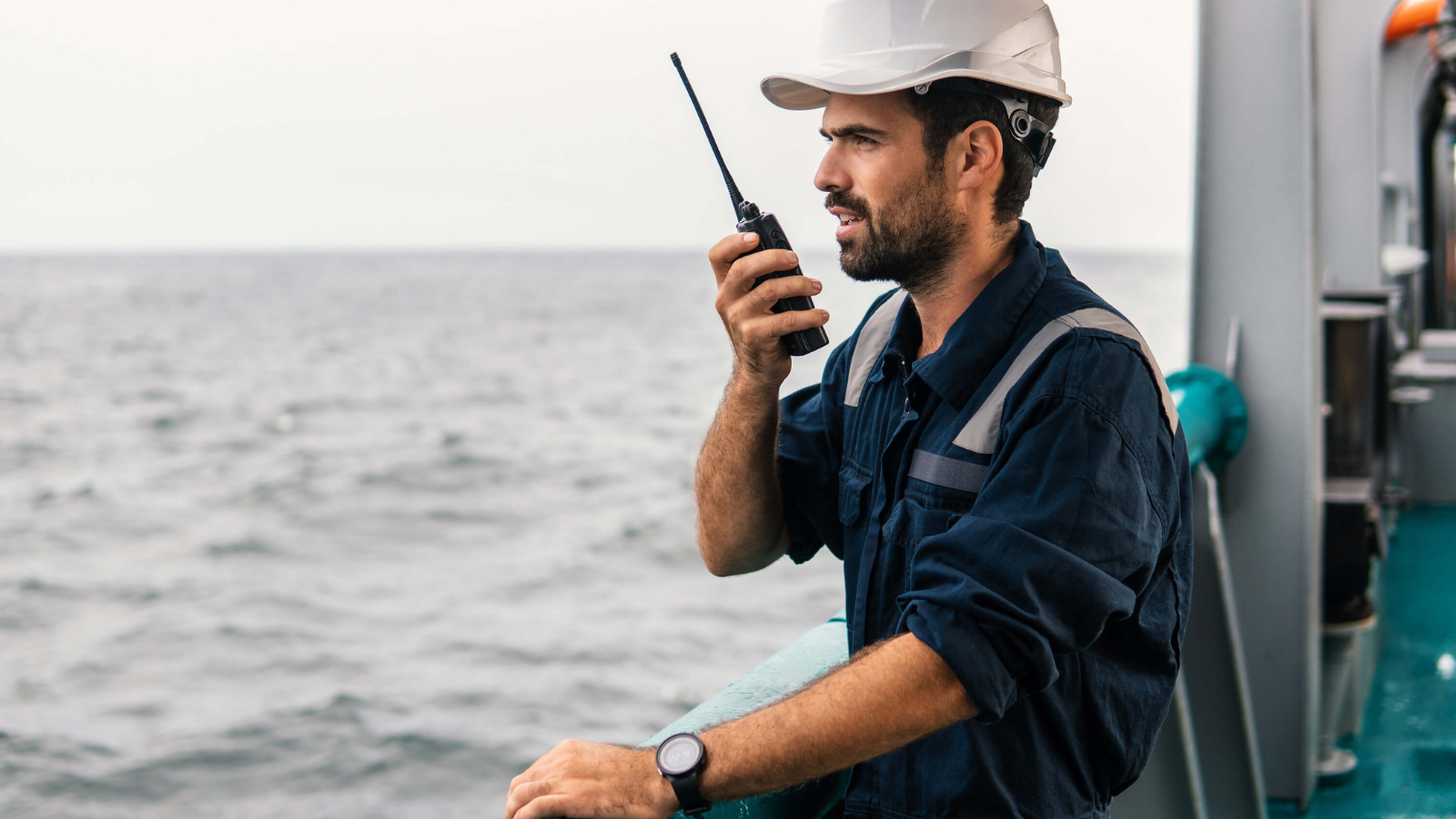Standardising Underwater Sensor Data: Key to Offshore Wind Success
Introduction: The Challenge of Diverse Geospatial Data in Offshore Wind Projects Offshore wind projects are a testament to the synergy between...
The offshore wind industry is the vanguard of the global transition towards achieving Net Zero emissions, making it a pivotal market for renewable energy technology. However, the ambitious goals set by governments come with a set of challenges for the industry, one of which is the shortage of skilled staff. To address this pressing issue and ensure successful project execution, the adoption of digitalisation and automation is crucial. In this article, we will explore how cutting-edge technologies in a digital marine data platform can play a pivotal role in overcoming the shortage of skilled staff and optimising offshore wind farm projects.
With the drive towards a sustainable future, the capacity installation in offshore wind is expected to grow exponentially in the coming years, reaching up to 5 times its current size by 2030 and beyond1. This rapid expansion creates a demand for skilled professionals to plan, build, and operate offshore wind farms. However, the current scarcity of expertise poses a significant challenge to the industry's growth and development.
Successful planning and execution of offshore wind projects rely amongst other on best available information about the seafloor within a particular wind farm area. To acquire, analyse, and manage marine data effectively, the industry heavily relies on skilled staff. These experts are responsible for transforming data into actionable information, driving crucial decision-making processes. However, due to the shortage of such skilled staff, meeting project deadlines and maintaining efficiency becomes a major hurdle.
To ensure the offshore wind industry is prepared to meet its ambitious goals, it is vital to invest in solutions that reduce reliance on scarce expertise and streamline project workflows. The time to act is now, and digitalisation and automation offer the much-needed solutions to achieve this.
One of the key elements in addressing the skilled staff scarcity is the establishment of a centralised and scalable cloud-based marine data platform. This platform facilitates the hosting, sharing, and collaboration of data, enabling parallel collaboration for faster results. By providing safe and accessible data, teams can work efficiently in parallel, utilising web technology and digitalisation to automate many manual data processing steps.
The beauty of incorporating digitalisation and automation is the scalability they offer. As the number of offshore wind farm projects in the pipeline and the respective data increases, the system can effortlessly adapt to meet the rising demands. This ensures that offshore wind farm projects can be executed on a global scale without being hindered by staff shortages.
One of the significant advantages of the proposed solution is that it is not restricted to specialised experts. Even non-geo-experts can effectively use the automated system as the interface design makes it intuitive to use. This opens opportunities for more professionals to contribute to the industry's growth and success.
By adopting this digitalisation and automation solution, the offshore wind industry stands to gain numerous advantages:
The exponential growth in offshore wind farm projects necessitates innovative solutions to tackle the scarcity of skilled staff. Digitalisation and automation provide the key to unlocking the industry's potential. By establishing a centralized cloud-based data platform and implementing web technology-driven automation, the offshore wind industry can scale its projects globally while reducing costs and optimising efficiency. The time is now to invest in the future of offshore wind and be fully prepared to meet the demands of a sustainable tomorrow.
Author
Meike Klischies, Research Project Manager at north.io
1 https://www.wiwo.de/my/unternehmen/energie/offshore-windkraft-seeschlacht/29230050.html

Introduction: The Challenge of Diverse Geospatial Data in Offshore Wind Projects Offshore wind projects are a testament to the synergy between...

In our pursuit of climate protection and renewable energy, offshore wind farms have emerged as vital components in global decarbonization efforts....

The Challenge: Managing Data During Offshore Survey Operations Geophysical and hydrographic surveys generate vast amounts of data, requiring...

The Situation: Managing Underwater Sensor Data Offshore wind developers and survey companies operate in a highly competitive and data-sensitive...
